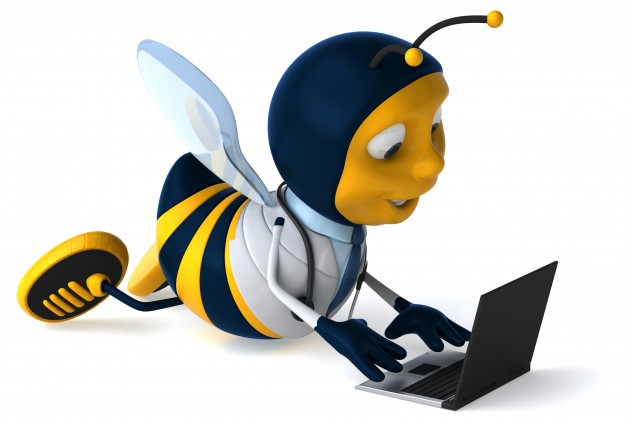Bee smart mobile apiary.

Bee work
The profession of a beekeeper is very ancient. It originated long before our era and gradually evolved from a simple hunt for honey and wax to modern frame beekeeping.
To start working with bees, you first need to choose the right place for your future apiary.
She should be away from the city. It is desirable that the apiary is located in an area with hilly terrain. It is also necessary to take into account the combination of bee breeds and the area where they will live.
A good beekeeper should be able to handle bees, be aware of the latest beekeeping technologies, understand flowers, honey varieties, and methods of processing raw materials.
Also, the beekeeper needs to acquire equipment. A smoker, a chisel, a honey extractor, a frame transfer box and of course a traditional fine mesh hat are essential tools for a beekeeper.
Beekeeping requires full dedication from a person, including giving up bad habits. Bees cannot stand strong odors: from perfume to the smell of tobacco and alcohol. Allergies to bee venom and bee products are also unacceptable.
The work of a beekeeper is hard work and you won't be able to hit the jackpot right away.
With this publication, we want to continue our fascinating acquaintance with the world of BEEPTOOLKIT.
We present to your attention a conceptual model of a smart mobile bee pavilion controlled by software developed on the basis of the No Code instrumental platform for R&D of robotics, automation and intelligent systems.
Immediately, we note that we do not claim to be 100% literate in beekeeping. We are simply demonstrating a conceptual prototype that can then be used by interested clients as the basis for their business.
Our main motive is to demonstrate to a wide audience the variety of tasks that can be solved using our NO CODE BEEPTOOLKIT platform.
Before introducing this open source project here, we consulted with beekeepers with over 20 years of experience.
We have dealt with the key points and problems.
So, an apiary is a mobile cassette on a car trailer, into which hives are installed.
The apiary moves from place to place during the season, rarely anyone stays at one point for more than 2-3 weeks. Stationary beekeepers are understood as beekeepers whose apiary is a hobby, their families are small, about 1-3, and making a smart hive in such a situation is not rational, except for the sake of a hobby.
Beekeepers, who have large pavilions, more than a thousand families, may not have time to keep track of information, in their case, the beekeeping process is a cyclical process when all parcels are viewed or pumped out in turn, and then everything starts all over again, sometimes you have to deal with a separate indeterminate family.
Such beekeeping farms are interested in a smart hive, but the automation of 1000 packs is a very complicated process, the result is significant, such beekeepers usually live in an apiary all season.
At the same time, beekeepers with 10 to 100 families can also act as the bulk of clients interested in a smart hive. Such beekeepers wander all season, but they do not go far from home and do not live in an apiary. In this case, remote monitoring of the apiary is very interesting.
1. Regular control of the weight of the bee hive;
2. Temperature and humidity control;
3. Spectral analysis of noise (hum);
4. Maintaining the water level in the drinking container;
5. Visual inspection;
6. Remote monitoring and control.
Here is a set of hardware components for prototyping a smart system. Quantity as well as additional modules can be added during initial testing or during operation.
The complete set of components, depending on the total number of hives, will determine the final configuration of the I/O sub modules.
This is how the selection and specification of hardware components looks like.

Active discussion of BEEPTOOLKIT in the RobotShop community.
Thanks for helping to keep our community civil!
This post is an advertisement, or vandalism. It is not useful or relevant to the current topic.
You flagged this as spam. Undo flag.Flag Post


